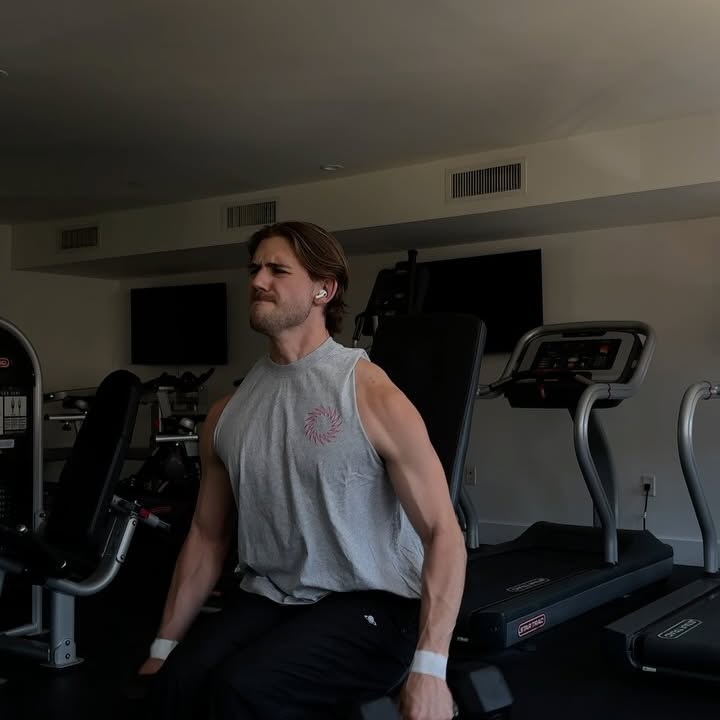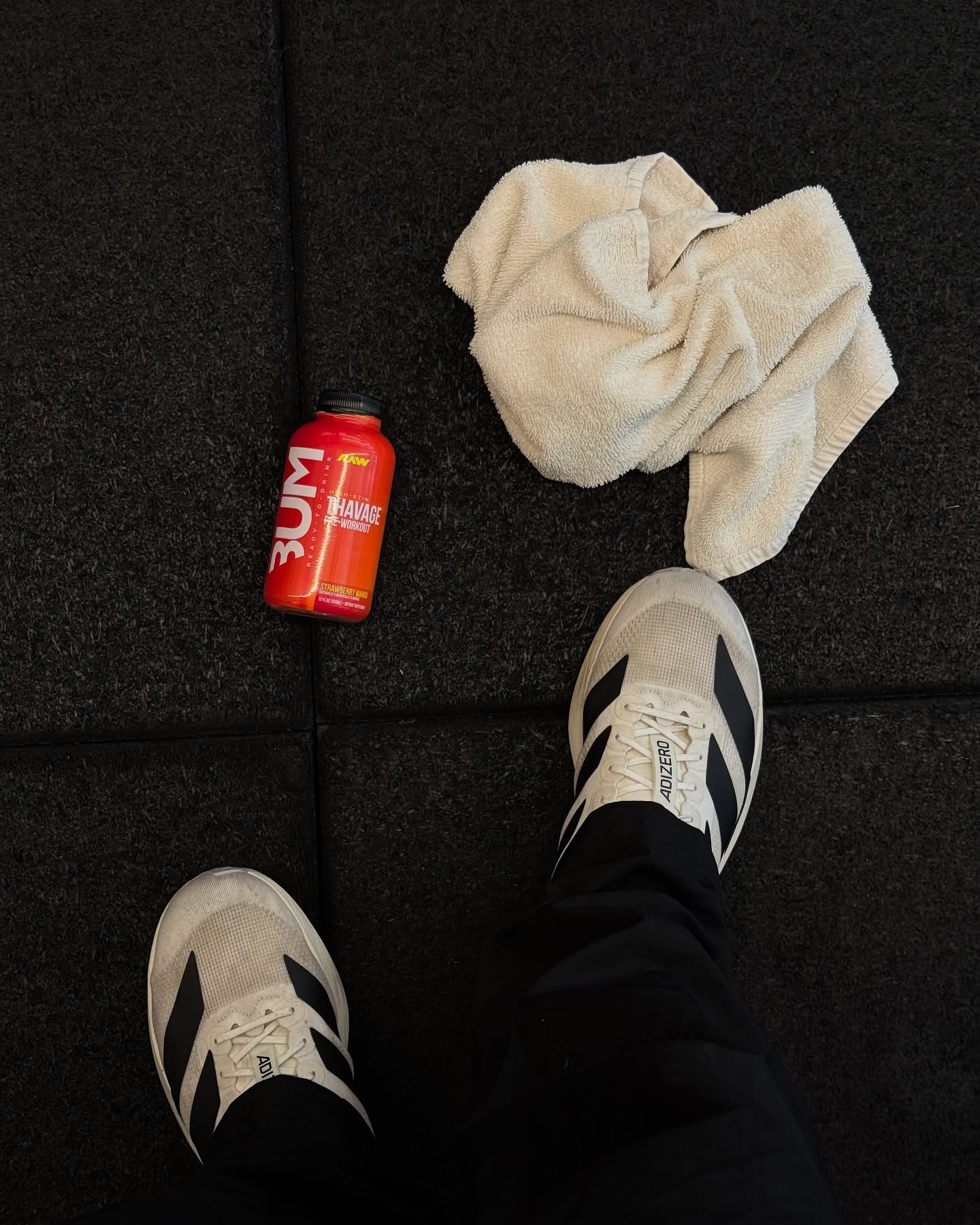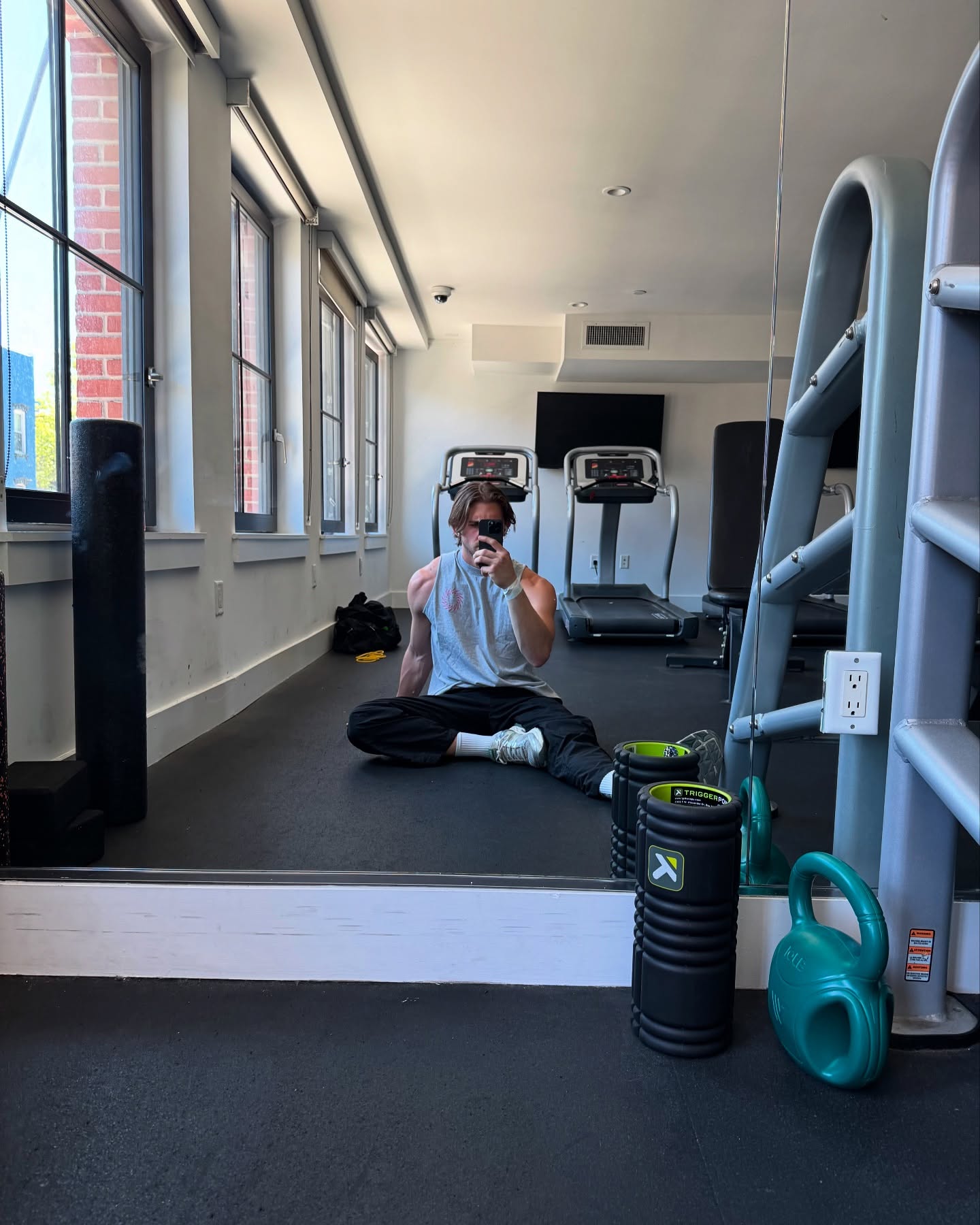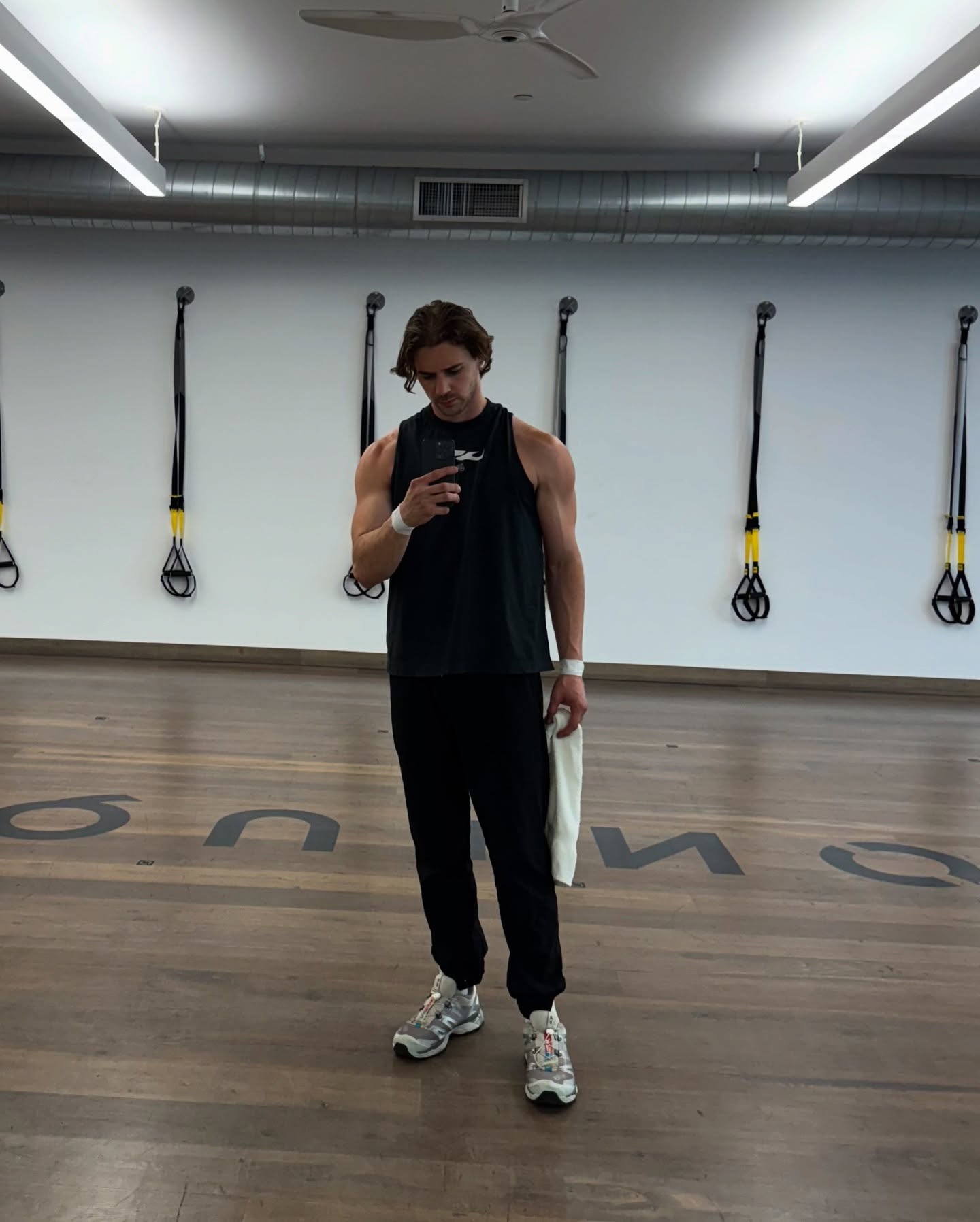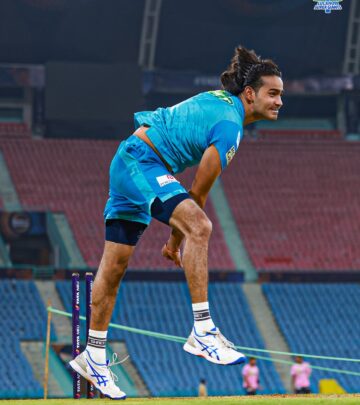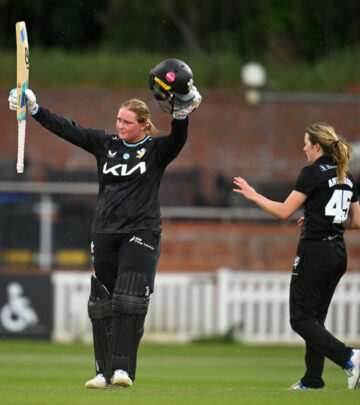Seasonal Training Shift For Runners
Shorter miles and heavier weights mark the change as runners embrace a new training block!

Image: Instagram
Alexander Rosen, a renowned personal trainer based in New York and known as Alex Rosen Fitness on Instagram, has announced a notable seasonal shift in his training approach. In his latest post, Rosen shares a message that resonates with many long-distance runners: it’s time to transition from the high-intensity race season to a phase that emphasizes shorter miles and heavier weights—a phase designed to build strength for the forthcoming training cycle.
Seasonal Shift Sparks Change
In a post succinctly captioned with a gear emoji and the phrase “seasonal shift,” Rosen explains that after a season of spring racing, including marathon events and competitive meets, he is now turning the page. The message is clear: the focus is shifting away from the fast-paced races towards building longer-term resilience through strength training. This strategic change is particularly significant for athletes who rely on both endurance and power to excel in running events such as the Paris Marathon and New York running circuits.
Rosen’s post, accompanied by dynamic images from his Instagram feed, underscores his commitment to reinventing his training routine. The multiple snapshots not only capture his athletic form but also hint at the diversity of his training regimen. The pictures show him in various settings—a gym environment, outdoor tracks, and even during weight training sessions—each reinforcing the idea of a curated transitional block in his training program.
A New Block Of Training
As runners and fitness enthusiasts have noted, the transition from race season to gym-based strength training is a common strategy among elite athletes. Rosen’s approach aligns with this trend, as he emphasizes the reduction in running distances paired with an increased emphasis on weight training. He believes that the physical benefits of such a change will yield improved performance once the next racing block commences. This training philosophy has appeared in some of his earlier posts as well, where he has recounted challenging race weekends in mountainous terrains and recovery phases after intense competitions. These narrative threads create a cohesive story of growth and adaptation.
Rosen’s Running Legacy
Over the years, Alexander Rosen has built a reputation not only as a personal trainer but also as an influential figure in the running community. His expertise in marathon training and running fitness has resonated widely—evident by his extensive use of hashtags such as #nycpersonaltrainer, #runningfit, and #marathontraining. These hashtags connect him to a broader community of runners who are intrigued by his balanced approach to competitive racing and structured strength building.
His earlier posts, including images from race weekends in the mountains and sessions described as “strength and honor,” indicate his willingness to adapt and innovate. One post details a challenging race in downpour conditions, showcasing that even amidst setbacks, the drive to overcome and improve remains a central part of his narrative. More recently, his seasonal shift message is a testament to this evolving journey—an acknowledgement that every phase of training serves a purpose and leads to continuous improvement in performance.
Bridging Racing And Recovery
Rosen’s seasonal update comes at a time when many runners are reassessing their training strategies. With the Paris Marathon and other key events on the horizon, his shift towards heavier weight training and reduced mileage offers a blueprint for maintaining fitness during the off-peak season. His message is clear for professional athletes and recreational runners alike: it’s not just about the speed on race day, but also about the strength and stability built during periods of transition.
By integrating elements of recovery and strength training, Rosen aims to protect athletes from burnout and injury—a concern that often plagues those who overemphasize high-mileage training without adequate recovery. His plan underlines the importance of a balanced routine that blends cardiovascular endurance with muscle development. Such a regimen is increasingly popular among trainers who advocate for a holistic approach to athletic performance.
The decision to alter his training focus reflects a deeper understanding of athletic progression. As he alludes in his caption, turning the page on spring racing is not a farewell to performance but an investment in future success. His posts and shared images inspire the running community to consider the benefits of a tailored training block that prioritizes strength and recovery alongside endurance.
This message from Alexander Rosen provides a timely reminder that in the world of competitive sports, adapting one’s training strategy with the changing seasons can be the key to long-term success. Runners looking ahead to the next block of racing might well consider incorporating similar measures into their own training routines.
Rosen’s seasonal shift is more than just an update—it’s a call for athletes to embrace change, build strength, and prepare comprehensively for the challenges that lie ahead. The running community now awaits the next chapter, excited to witness how this new focus will translate into performance on the racetrack.
Read full bio of Manjari Uppal




